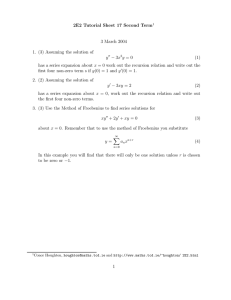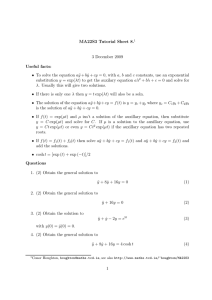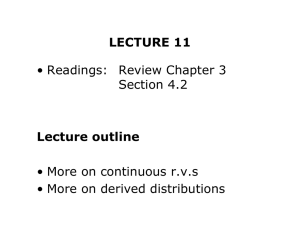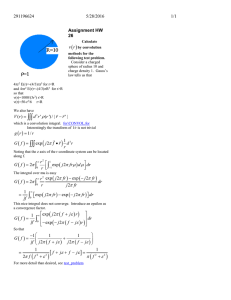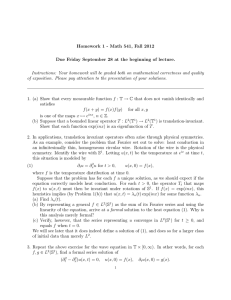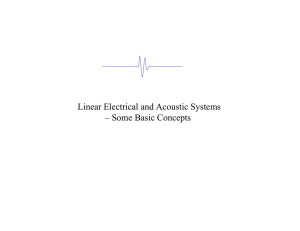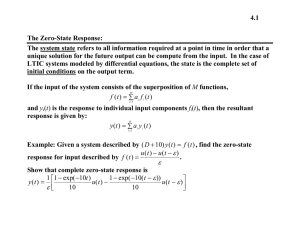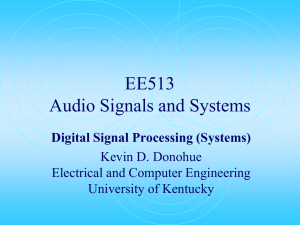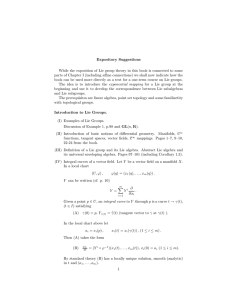A convolution example 12 November 2002
advertisement
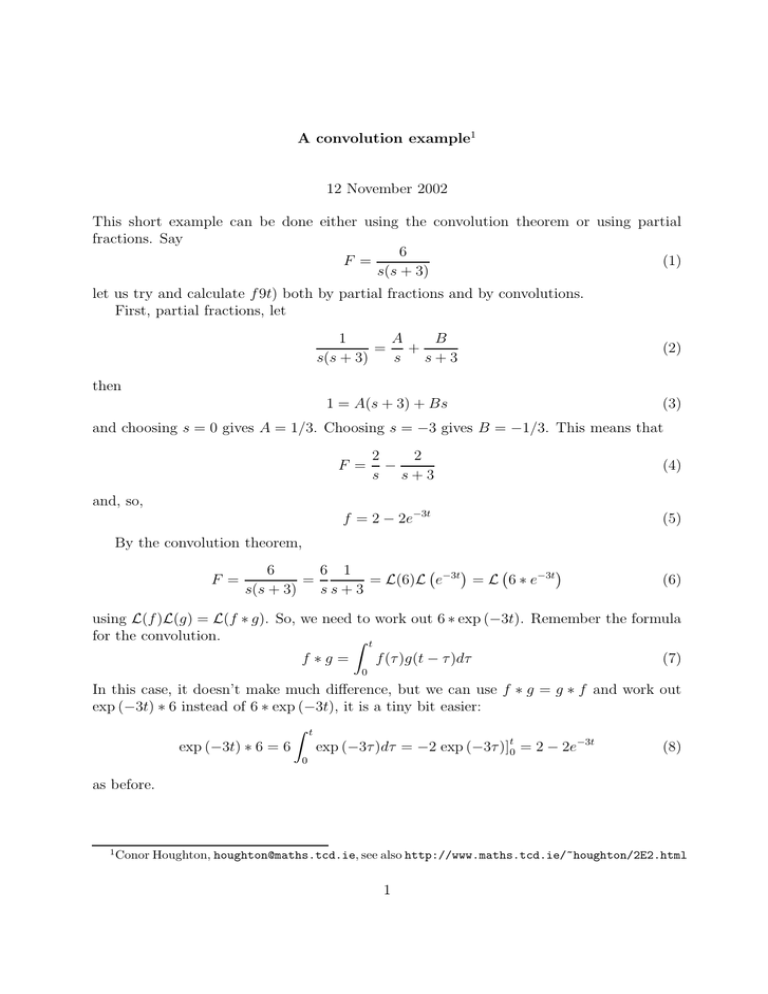
A convolution example1 12 November 2002 This short example can be done either using the convolution theorem or using partial fractions. Say 6 F = (1) s(s + 3) let us try and calculate f 9t) both by partial fractions and by convolutions. First, partial fractions, let 1 A B = + s(s + 3) s s+3 (2) 1 = A(s + 3) + Bs (3) then and choosing s = 0 gives A = 1/3. Choosing s = −3 gives B = −1/3. This means that 2 2 − s s+3 (4) f = 2 − 2e−3t (5) F = and, so, By the convolution theorem, F = 6 1 6 = = L(6)L e−3t = L 6 ∗ e−3t s(s + 3) ss+3 (6) using L(f )L(g) = L(f ∗ g). So, we need to work out 6 ∗ exp (−3t). Remember the formula for the convolution. Z t f ∗g = f (τ )g(t − τ )dτ (7) 0 In this case, it doesn’t make much difference, but we can use f ∗ g = g ∗ f and work out exp (−3t) ∗ 6 instead of 6 ∗ exp (−3t), it is a tiny bit easier: Z t exp (−3t) ∗ 6 = 6 exp (−3τ )dτ = −2 exp (−3τ )]t0 = 2 − 2e−3t (8) 0 as before. 1 Conor Houghton, houghton@maths.tcd.ie, see also http://www.maths.tcd.ie/~houghton/2E2.html 1
